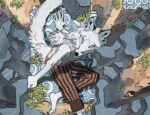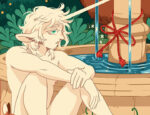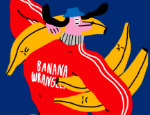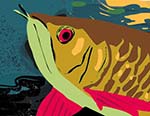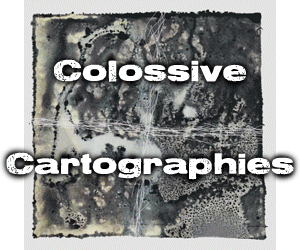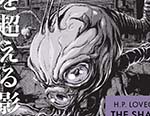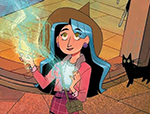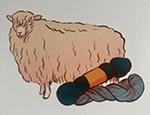Winnie Chua’s A Walk in the Park – today’s penultimate visit to this year’s ShortBox Comics Fair at Broken Frontier – is a comic of parallels. An unnamed protagonist (in the form of an anthropomorphised rabbit) takes a stroll through a grassy setting, seeing their own anxieties and worries mirrored in the environment around them.
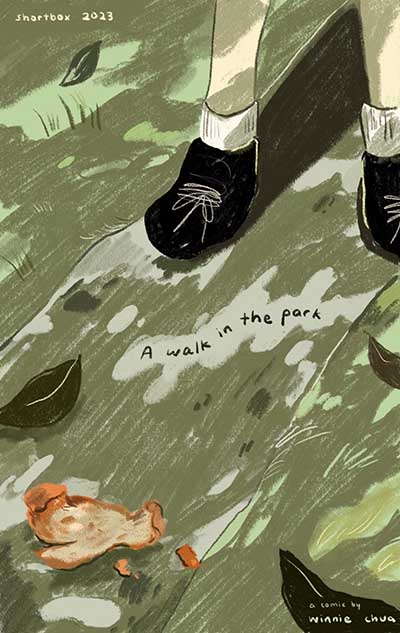
As A Walk in the Park progresses the barriers between daydreams and reality slowly break down and merge. As the character’s interactions with the natural world around them shift from observer to participant, they imagine themselves as a butterfly emerging from a cocoon, or as part of a nest of ants foraging for food, as they they continue a journey that will eventually take them to a moment of epiphany and understanding.
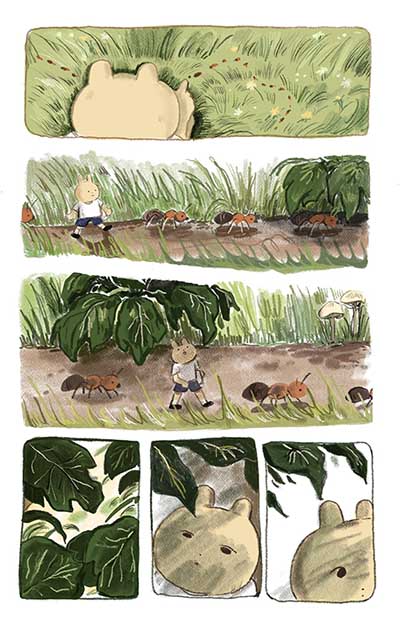
One of the key storytelling elements in A Walk in the Park is the way in which Chua uses different page structures and panel layouts as methods of communication. Tightly-panelled pages to denote a sense of movement, motion and distance, for example, or more open, expressive pages where the protagonist’s reflections are given a contemplative demeanour by opening up into wider, more expansive imagery.
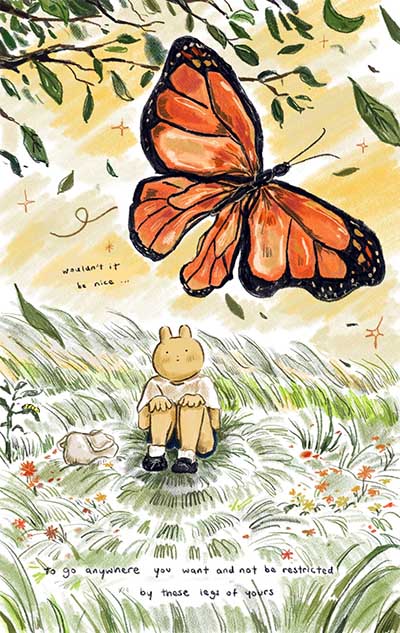
And then there’s those experimental pages where Chua shows an imaginative manipulation of the idea of the sequential – the holes in a leaf chewed through by a caterpillar used as panels is a fine example of this. Colour plays an important part in emphasising the dreamy qualities of the tale but it’s from that selfsame dreaminess that clarity eventually emerges. Chua’s choice of a main character with stripped back expressive features also allows us to empathise more closely with their meditative considerations.
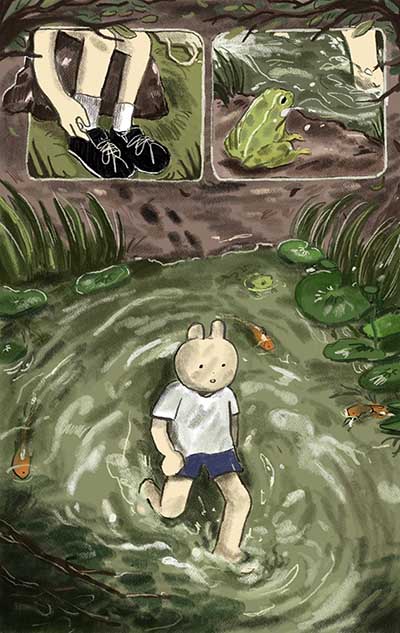
A Walk in the Park is work that understands the key narrative tools that make comics such a unique form and employs them to make an intimate connection with the reader. Proof positive that sometimes the most understated comics can also be the most profound.
Winnie Chua (W/A) • ShortBox Comics Fair, £5.00
Review by Andy Oliver





